But a ceasefire and security guarantees need to be broached before any talk of land for peace
Next time in Moscow would make a great sequel to Midnight in Moscow, the 1961 jazz arrangement by Kenny Ball and his jazzmen of an old Russian song called Moscow Nights. It was released the same year President John Kennedy met Russian leader Nikita Khruschev at a tense summit in Vienna, and a year before the Cuban missile crisis of 1962 when the US and Russia came close to nuclear war.
Next time in Moscow was also the invitation by Vladimir Putin to Donald Trump for a return visit after their friendly summit in Alaska last Friday week which was music to the ears of peace lovers the world over even though the summit did not produce peace in Ukraine.
The invitation was made playfully in the knowledge that Trump has a sense of humour and enjoys that kind of repartee:
Trump: “We really made great progress today. I’ve always had a fantastic relationship with President Putin, with Vladimir. We’ve had many, many, tough meetings, good meetings. We have had good productive meetings over the years, and we hope to have more in the future. So again, Mr President thank you very much. We’ll speak very soon and probably see each other again very soon. Thank you very much Vladimir.”
Putin (in English): “Next time in Moscow.”
Trump: “Oh that’s an interesting one. I’ll get a little heat on that one, but I can see it happening.”
The beautiful friendship between Trump and Putin on display at Alaska was followed by a hastily arranged meeting last Monday with an assortment of sycophantic leaders from Europe. They decided to chaperone President Zelenskiy of Ukraine for his meeting with Trump to stiffen his resolve and to prevent a repeat of the bullying and humiliation Zelenskiy endured in the hands of Trump and his vice-president last February when he was kicked out of the White House.
Trump held court at the White House with all the leaders of the former great European powers and the diminutive Zelenskiy at which they kowtowed to his every whim to massage his massive ego. Yet the warmth that suffused his meeting with Putin in Alaska was noticeably absent at his meeting with his Europeans allies in Washington.
They all made carefully constructed position statements on the war in Ukraine to persuade Trump that a ceasefire is essential to any negotiation and that ceding Ukrainian territory to Russia now was too early to contemplate as the price for peace. In other words, a ceasefire is an integral part of security that has to be broached first before any talk of land for peace.
There is provision for ceding territory under Ukraine’s constitution, but President Zelenskiy would have to order an all-Ukrainian referendum to get there which he cannot hope to justify to his people without a ceasefire.
Unfortunately, Trump has bought into the idea that a ceasefire is unnecessary for a peace deal involving ceding land to Russia.
The end result of a week of summits in Alaska and Washington is that Ukraine will not cede territory without an all-Ukrainian referendum which cannot take place unless there is a ceasefire. And Russia is dead against guarantees involving the physical presence of troops from Nato countries in Ukraine since keeping Nato out of Russia’s backyard was the root cause of the war in the first place.
Trump’s bottom line is that he wants the killing on both sides in the war in Ukraine to stop which would be more convincing if he showed the same concern about the daily killing and starving to death of innocent Palestinian women and children in Gaza.
But he has to be given the benefit of the doubt because he seems genuinely to want peaceful relations with Russia which is good for nuclear risk reduction and may even stop the killing in Ukraine.
The present US administration understands Russia better than previous administrations and better than all the Europeans put together. The Soviet Union was the successor state of Imperial Russia camouflaged by the Russian Revolution of 1917, so that when it broke up in 1991 it was as if Russia was withdrawing from empire which until the war in Ukraine had been relatively peaceful compared with the end of other recent empires.
The Ottoman and Austro-Hungarian empires broke up finally as a result of defeat in World War I that lasted four years during which about 40 million civilians and soldiers were killed. And there were a few peaceful withdrawals from empire when Britain and France decolonised after World War II.
So when the Soviet Union collapsed and withdrew from its former Russian Imperial territories in 1991, it was nothing short of a miracle it had been so peaceful. Like Britain had lost an empire and not found a role, Russia had lost its way when its Soviet empire collapsed around it until it recovered under President Putin. He famously said that the breakup of the Soviet Union was “the greatest geopolitical catastrophe of the 20th century,” not because he wanted it all back but because that’s how it felt.
Also, millions of Russians were left outside Russia’s borders under the irresponsible leadership of Boris Yeltsin who took over as Russian president in 1991 and made Russia the laughing stock of the world in the nine years he was president.
As Yeltsin came close to retirement, he groomed Putin to succeed him to the presidency. It was as if Yeltsin realised the mess he made and appointed Putin as his successor to – wait for it – make Russia great again.
So Trump can and will go to Moscow and so long as he understands that a ceasefire is essential to begin negotiations for peace in Ukraine he cannot go wrong.
And if he gets Wynton Marsalis to compose a jazz piece for Next time in Moscow to sequel Midnight in Moscow he will be the toast of Moscow too.

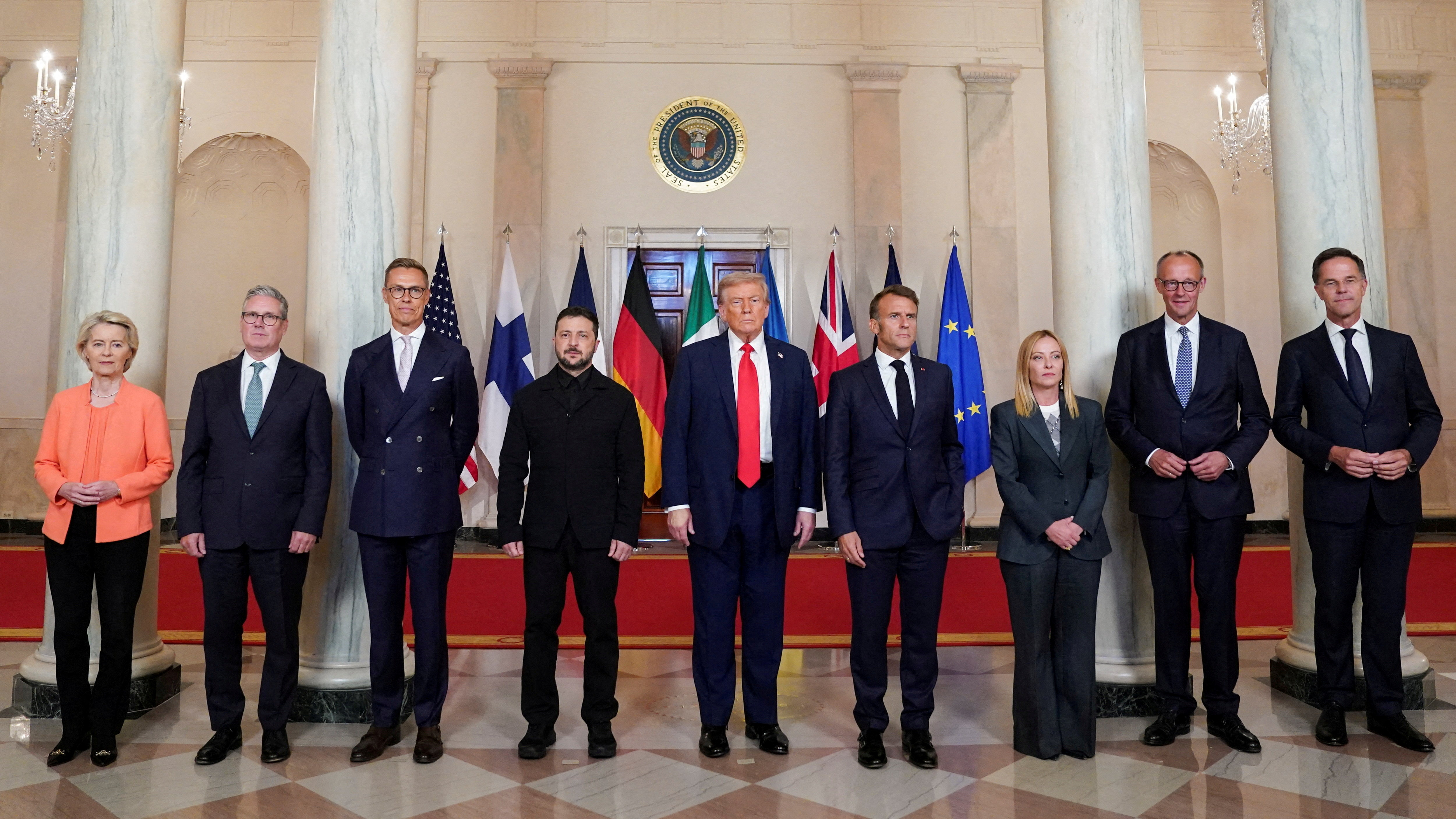
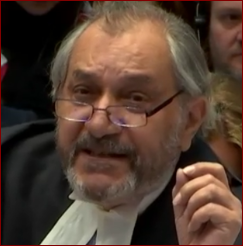
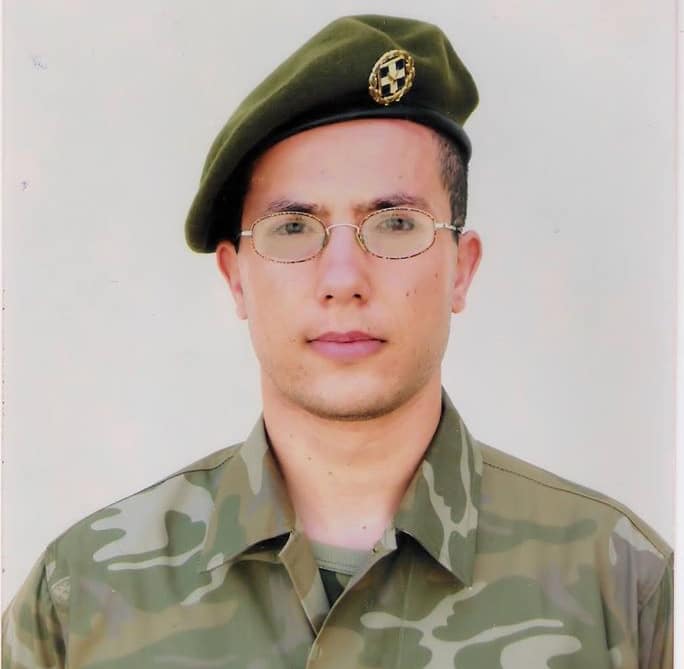
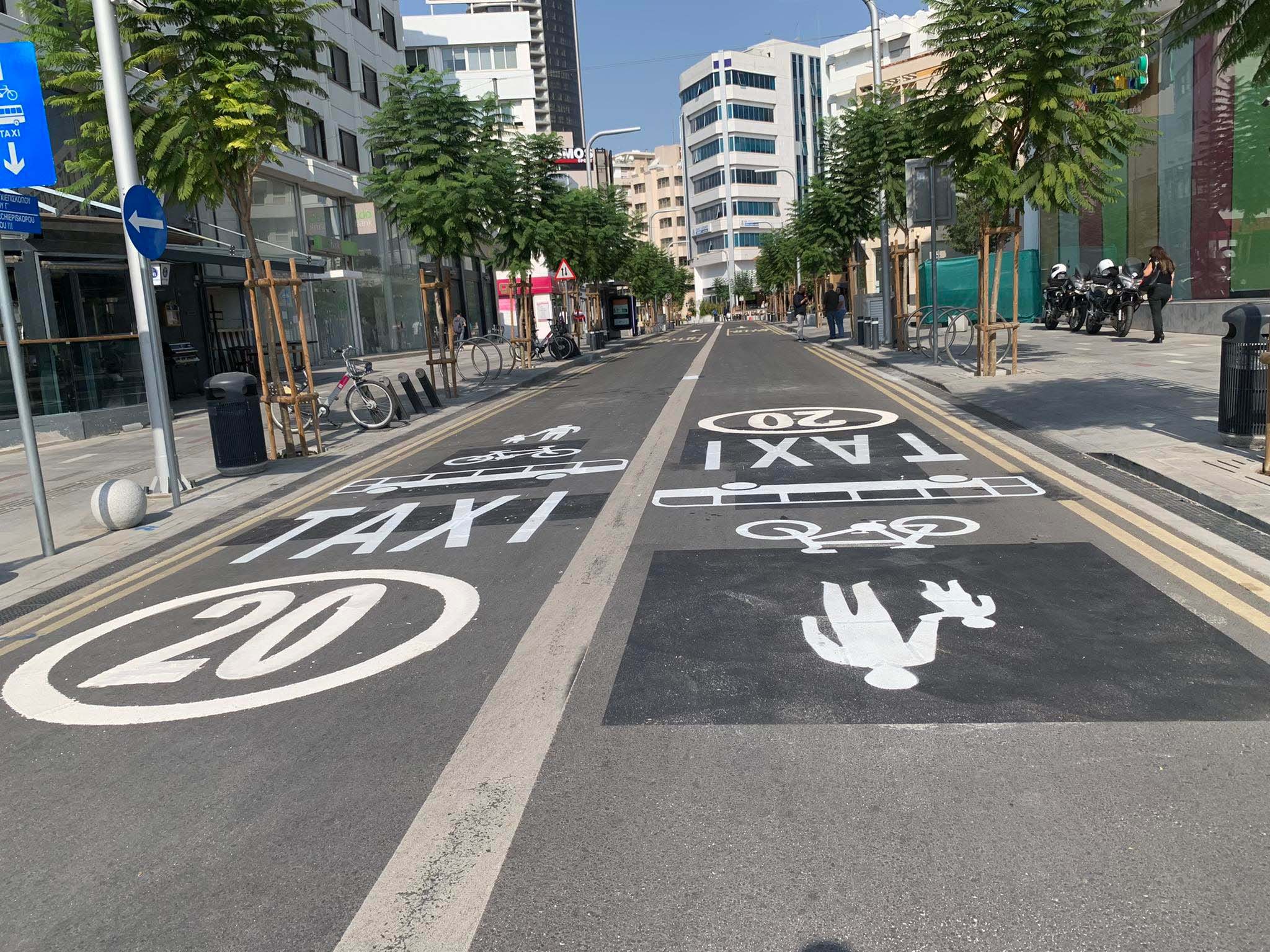

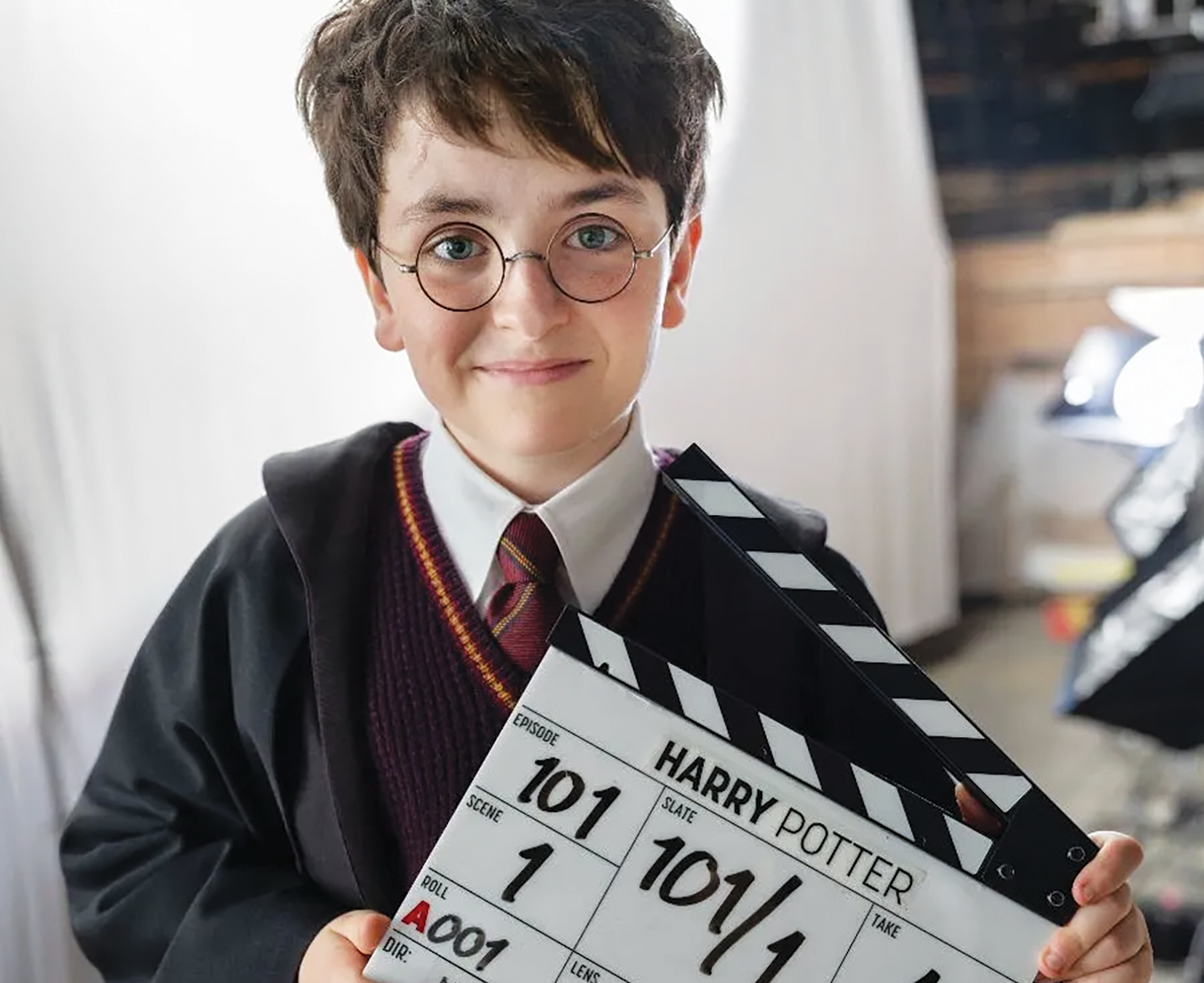
Click here to change your cookie preferences